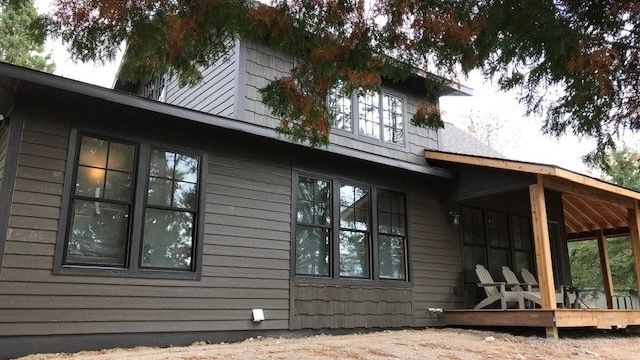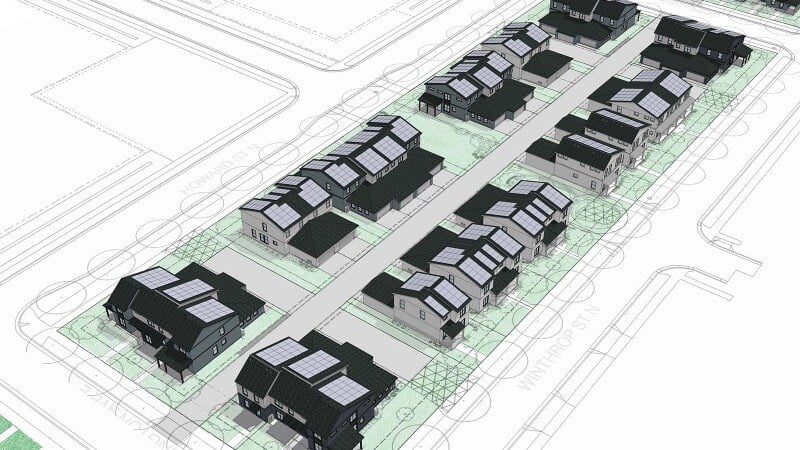ReStore Recap: Holiday DIY, plus year-end donations
We're in the full swing of the holiday season with the New Year on the horizon, and it's time to start thinking about indoor DIY projects and...
1 min read
 Twin Cities Habitat for Humanity
:
9:00 AM on January 13, 2012
Twin Cities Habitat for Humanity
:
9:00 AM on January 13, 2012
In one type of potluck, the host provides the main dish and asks the other diners to supply sides, dessert, and the like. We see this arrangement often in development work as well. A typical example would be when a city works to attract a new business to a community. That new business—the economic impact and the jobs created—is the main course and becomes a centerpiece around which residents and organizations can arrange workforce development, housing, education, and other development priorities and community assets. A local example of the partially-catered community development potluck is the Central Corridor Light Rail Transit line. This massive public infrastructure investment has set a huge table around which many communities can gather.
There are drawbacks to this model of potluck development. First, unless the host knows her guests well, there is the chance that they could serve a main course that the guests aren’t interested in eating. Second, if my best dish is a main course, I may not know what to bring if someone else is supplying that. Third, a single main course means less diversity in the total meal. Finally, the host needs confidence that guests will still bring their dish to the table to round out the meal.
This is the second in a series of blogs comparing community development to potlucks.
By Andy Barnett, Director of Community Development, Twin Cities Habitat
Your gift unlocks bright futures! Donate now to create, preserve, and promote affordable homeownership in the Twin Cities.

We're in the full swing of the holiday season with the New Year on the horizon, and it's time to start thinking about indoor DIY projects and...

Twin Cities Habitat for Humanity begins site work this week and house construction later this month at The Heights on the East Side of St. Paul. Over...
I love to eat. And as the son of a Baptist minister, I am a connoisseur of potlucks (or covered-dish dinners as they’re known in the part of North...